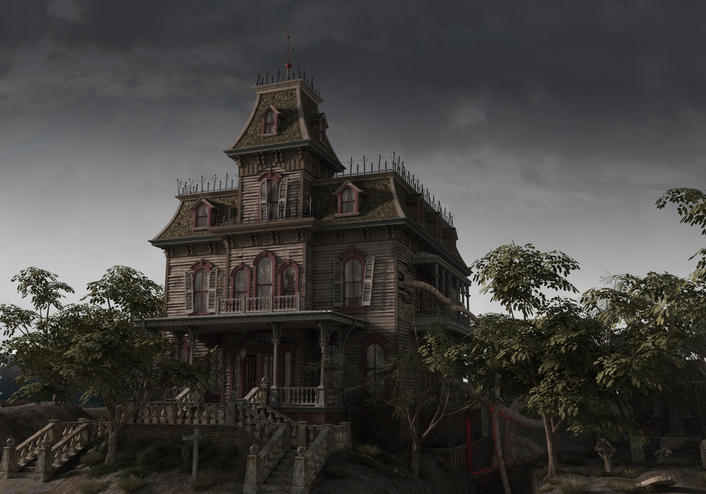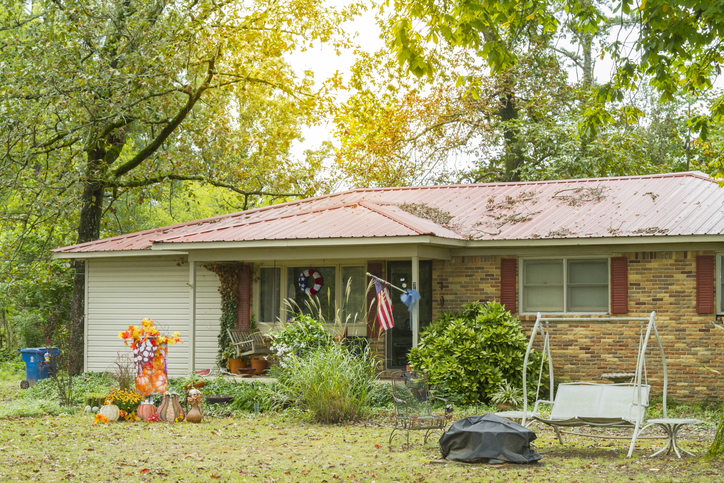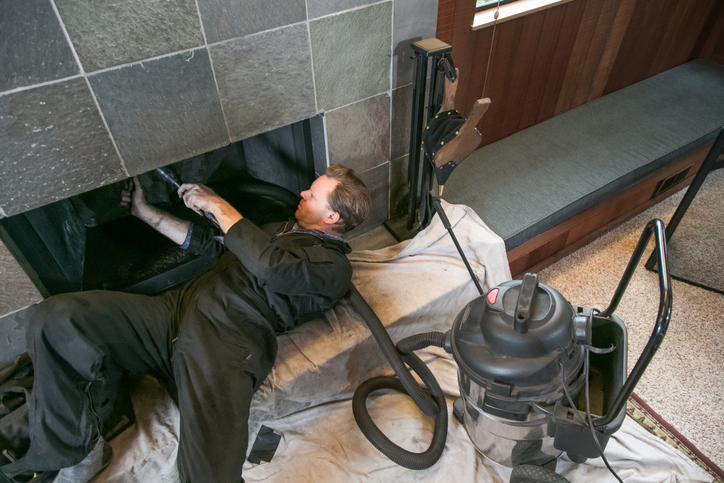How aging and disabilities affect the housing industry
In the U.S., 21.5 million homes have at least one adult 65 and older residing.
And one-third of adults 65 and older reported having difficulty using some feature of their house, according to the U.S. Census Bureau.
Of those homes, in the kitchens, 54 percent have wheelchair-accessible countertops, but only 20 percent have wheelchair-accessible cabinets. As for bedrooms, two-thirds of homes had a bedroom and a bathroom available on the first floor.
Bathrooms weren’t as equipped as kitchens and bedrooms. Only 39 percent had handrails and guardrails, just 15 percent had a built-in shower seat, and 16 percent had an elevated toilet. Accessible doorways and hallways are few and far between, just 12 percent of homes have extra-wide doorways and hallways, and only 2 percent have access ramps. However, 47 percent do have a step-free entryway to their home.
For older adults with a disability, 10 percent of women and 7 percent of men reported having difficulty bathing or dressing, while 26 percent of women and 19 percent of men reported difficulty walking. And in those same adults, 79 percent who have difficulty in the bathroom live in a home without accessible features, while 26 percent with trouble walking or stairs live in a home without a bedroom or bathroom on the first floor.
Realtor® Melanie McLane said in her experience, more and more of aging baby boomers are looking for smart homes, especially as more are hoping to age in place. “Smart homes are what people want. Security and accessibility are top for older people. Apps that allow you to control temperatures and lights and locks are popular, as are security cameras and motion-detector lights.” McLane also noted that 72 percent of Americans with smart home products want voice control.
“Smart homes are beginning to show up more and more, depending on where you are and how sophisticated your audience is. Upgrades are not that expensive. People are expecting a longer tenure in their home,” she said, noting the products are popular with the younger boomers who may have to take in their aging parents, as well as older boomers who may be expecting grown children to return home.
Topics
Share this post
Member Discussion
Recent Articles
-
Seller Disclosures Unmasked: The Spooky Truth Behind What You Need to Share
- October 25, 2024
- 4 min. read
Seller’s Disclosure Law is all about making sure no one gets tricked by unexpected “treats” in their new home. However, there are several instances where a seller does not have to disclose certain information.
-
Nearly 70% of Homeowners Feel Secondhand Embarrassed by Neighboring Yards
- October 24, 2024
- 2 min. read
A large majority of homeowners expressed negative feelings toward their neighbors’ home upkeep and yard maintenance habits.
-
Winter Maintenance: Chimney and Heating Tips
- October 23, 2024
- 3 min. read
Experts share their insights and advice for the maintenance of chimneys and HVAC systems.
Daily Emails
You’ll be the first to know about real estate trends and various legal happenings. Stay up-to-date by subscribing to JustListed.



